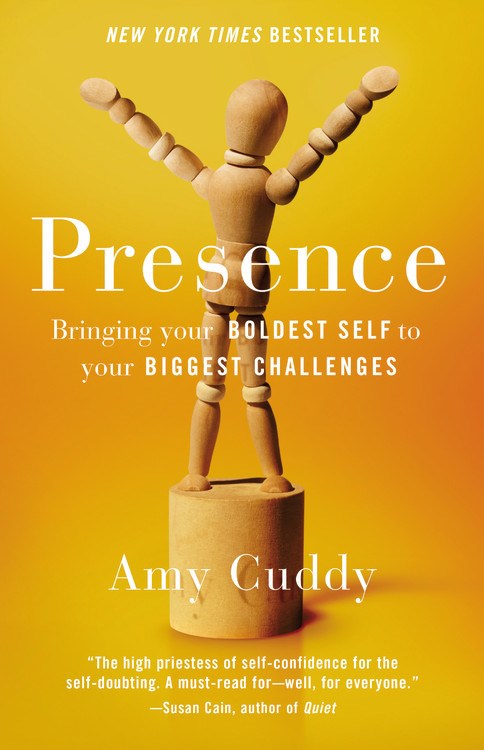Jack Covert Selects - The Idea Factory

One of the most important institutions of the 20th century was Bell Labs, created by AT&T and Western Electric in 1925 to design and research equipment for Bell Telephone. The Idea Factory is the story of that unique organization and its creation of some of the most important inventions of the past century—such as lasers, transistors, and telephone switching systems—patented by engineers who went on the win seven Nobel Prizes.
During its prime, Bell Labs employed fifteen thousand people, including twelve hundred PhDs. This book focuses on a few of the men who were hired during the Depression and over the years changed communication technology forever.
The author, Jon Gertner, grew up nearly next door to Bell Labs and is the perfect person to have written this book. You can sense that his curiosity and respect for the labs is in his blood, and Gertner's fine writing keeps a story about science and the smart people who master it ticking along swiftly—all the while revealing and marveling at great feats of innovation and the men that spawned it.
It was curious, in a way, who they were, these men who were coming to Bell Labs in New York. Most were trained at first-rate graduate schools like MIT and Chicago and Caltech; they had been flagged by physics or chemistry or engineering professors at these places and their names were passed on to [Mervin] Kelly or someone else at the labs. But most had been raised in fly-speck towns, intersections of nowhere and nowhere, places with names like Chickasa (in [Dean] Woolridge's case) or Quaker Neck or Petoskey, towns like the one where Kelly had come from, rural and premodern like Gallatin, towns where their fathers had been fruit growers or merchants or small-town lawyers.Why recommend this book to the business book reader? For one thing, it's a good read, and that's important. But in these pages one of the most creative and influential organizations ever to exist will be revealed to you. And in that story, you will learn ways to manage innovation and your own creative people.
